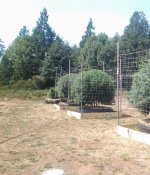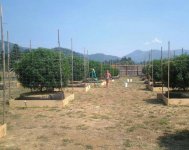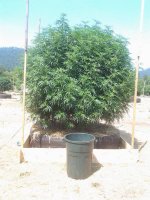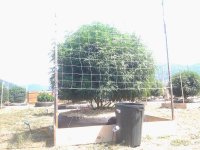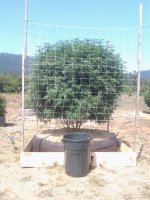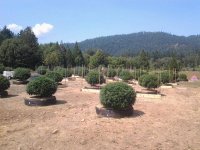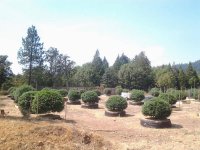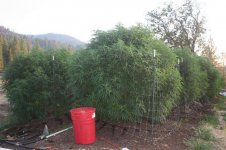I highly doubt this is his problem.
I suspect the problem lies in the choice to use an untested bagged soil that they modified. Did they calculate how much of each element their various inputs were adding to the guaranteed analysis of the soil? Better yet, to the test they should have gotten of their bagged soil.
Also what type of water are they using? Have they tested it to know its properties?
Like Milky says, if this is your job, treat it like a job. Get the tools you need to know what is going on, invest in the proper testing beforehand to know what you are getting in to and put yourself in a position to be proactive instead of reactive.
It's too expensive to fuck up your one chance of growing trees per year to not spend the $125 to get a soil test, the $1500 or so a good set of meters will run you, and $15 for a note book with graph paper and a ruler.

thanks for the tip, i agree and am somewhat embarassed to be in my position with such meager knowledge of organic farming

